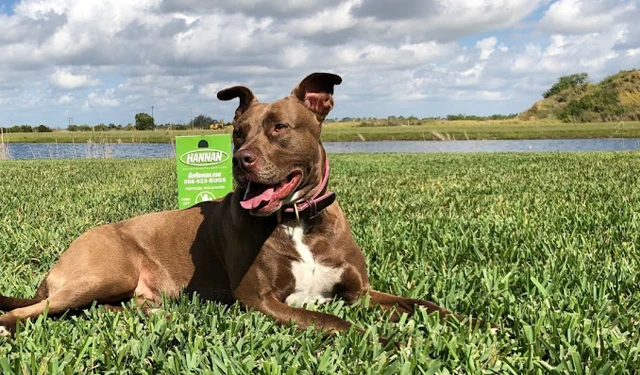White-Footed Ant Overview & Quick Facts
Keep ants out of your home or business with
effective identification and control strategies.

A Closer Look at White-Footed Ants
White-Footed Ants are common household invaders in Florida and other warm, humid regions. Their name comes from the pale coloration on their feet, which contrasts with their otherwise dark bodies. While they don’t bite or sting, they can form massive colonies and quickly become a serious nuisance in homes and buildings.
🔍 What Do White-Footed Ants Look Like?
-
Color: Dark brown to black body
-
Legs/Feet: Pale yellowish-white feet
-
Size: About 2.5 to 3 mm (1/8 inch)
-
Traits:
-
Antennae with 12 segments
-
One-segmented waist
-
Workers and reproductives look similar
-
Their distinct white feet are more noticeable under bright light or magnification.
🏠 Where Do White-Footed Ants Nest?
-
Indoors:
-
Behind wall voids, baseboards, light switches
-
Inside attics or around window frames
-
Near kitchens and bathrooms
-
-
Outdoors:
-
In trees, shrubs, mulch, planters, and under loose bark
-
Near foundations or under roof shingles
-
Frequently nest in moist areas with good access to food and water
-
Colonies can contain several million individuals and reproduce rapidly, especially in warm, humid environments.
🍬 What Do White-Footed Ants Eat?
-
Prefer sweet foods, especially:
-
Syrups, sugars, sodas, fruits
-
Honeydew (a sugary substance secreted by aphids and scale insects)
-
-
Sometimes consume protein-rich foods
-
Often forage along walls, windowsills, and countertops
They’re known for building long, persistent trails toward food and water.
⚠️ Are White-Footed Ants a Problem?
-
✅ Yes, due to the sheer size of their colonies and tendency to infest homes
-
❌ They do not bite or sting
-
✅ Can contaminate food, invade kitchens, and are tough to eliminate
-
✅ Colonies often split into multiple nests (budding), making control difficult
Over-the-counter sprays often fail to reach the colony, and many baits are ineffective because workers don’t share food with queens and larvae — a rare trait among ants.
🧠 Behavior & Colony Traits
-
Colonies can reach several million ants
-
Use trail pheromones to communicate
-
Often spread via landscaping material or infested potted plants
-
Known to invade homes seasonally or year-round in Florida
🧠 Fun Fact!
Unlike many ant species, White-Footed Ants don’t practice trophallaxis (food sharing among colony members), which makes them especially difficult to control with bait. What one ant eats, another won’t benefit from — so full-colony treatments are a must!
Frequently Asked Questions
About White-Footed Ants
What are White-Footed Ants?
White-Footed Ants are small, dark ants that get their name from the pale, yellowish-white coloring on their feet. They’re common in Florida and thrive in warm, humid climates, often invading homes in large numbers.
What do White-Footed Ants look like?
-
Size: Small — about 2.5 to 3 mm (1/8 inch)
-
Color: Black or dark brown body
-
Legs: Pale, whitish “feet” (especially noticeable under good lighting)
-
Traits:
-
One-segmented waist
-
Long, slender body
-
12-segmented antennae
-
Workers and reproductives appear nearly identical
-
Where do they nest?
-
Indoors:
-
Wall voids, ceilings, electrical outlets
-
Around kitchens, bathrooms, and leaky pipes
-
Inside light fixtures or behind siding
-
-
Outdoors:
-
Tree trunks, shrubs, mulch, and plant pots
-
Beneath bark, roof tiles, or eaves
-
Near moist or shaded areas
-
White-Footed Ant colonies can include millions of ants and multiple nesting sites.
What do White-Footed Ants eat?
-
Prefer sweet foods, such as:
-
Syrups, honey, sugar, fruit juice
-
Honeydew from aphids or scale insects
-
-
May also eat dead insects or protein when available
-
Commonly forage in homes and gardens in organized trails
Do they bite or sting?
-
❌ No — White-Footed Ants do not bite or sting
-
✅ They are completely harmless physically but can become highly invasive
Are they harmful?
-
❌ Not harmful to humans or pets
-
✅ Nuisance pest:
-
Can contaminate food
-
Leave long trails indoors
-
Infest in large numbers
-
Very difficult to control with DIY methods
-
Why are they so hard to eliminate?
-
-
Do not share food (no trophallaxis), so most baits don’t affect the whole colony
-
Colonies split and spread (budding) when disturbed
-
Large numbers and multiple nesting sites make full elimination tricky
Professional treatment is typically required.
-
How can I prevent them?
-
Seal cracks and entry points
-
Fix leaks and reduce indoor moisture
-
Trim back trees and shrubs touching the home
-
Keep food sealed and surfaces clean
-
Use professional pest control services (like Hannan Environmental Services) for lasting protection
Struggling with ants in your home, yard, or business? Hannan Environmental Services offers expert ant control and prevention throughout South Florida. Our trained technicians provide safe, effective, and long-lasting solutions to keep your home pest-free. Contact us today for reliable service you can trust! Feel free to also reach out to Hannan Environmental Services on Facebook!

